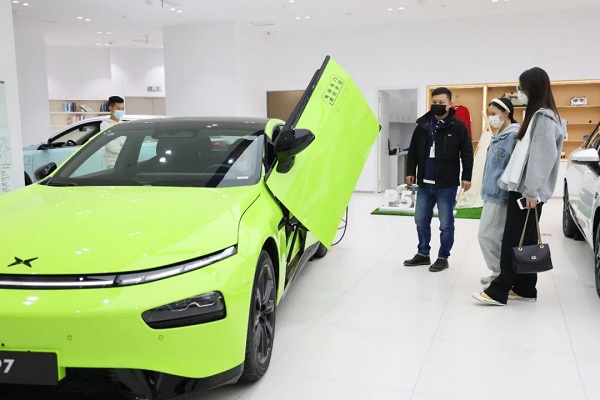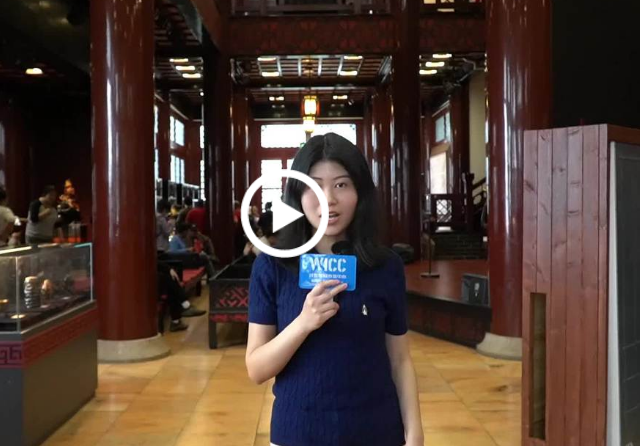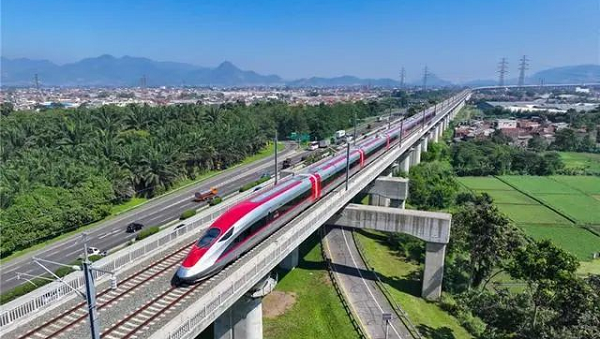NEV mania sweeps through OVC

Two women admire Xpeng's production model in OVC. [Photo/WeChat account of Optics Valley of China]
Throughout 2021, East Lake High-tech Development Zone (also known as the Optics Valley of China, or OVC) registered over 12.3 billion yuan ($1.82 billion) in car sales, of which sales of new energy vehicles (NEVs) were valued at 4 billion yuan, with about 17,000 NEVs sold.
During the first quarter of this year, more than 9,000 NEVs were sold, a year-on-year increase of 130 percent and accounting for nearly 40 percent of the valley's total car sales and about 50 percent of Wuhan's total NEV sales.
The market penetration of NEVs is rising. According to statistics issued by the Intelligent Electric Vehicle Professional Committee of China Electronics Chamber of Commerce, more than one million NEVs were sold in China in the first three months of this year.
Why do some OVC residents prefer NEVs over traditional cars? "NEVs accelerate faster and are a low-cost transport tool with higher maneuverability," said an industry insider, who added that much of the valley's young population holds high academic degrees and is more open-minded, making them more likely to opt for low-carbon transport.
The majority of NEV buyers in the valley are between the ages of 25 and 40, and the best-selling NEVs are priced between 200,000 and 350,000 yuan, according to the valley's commercial department.
NEVs also appeal to youngsters who love outdoor activities like picnics and camping, as they can provide power to electrical appliances for lighting and barbecues.
Domestic NEV powerhouses, including Xpeng, NIO, Li Auto, Zeekr, and BYD, as well as traditional auto giants such as Mercedes-Benz, BMW and Audi, have all established sales locations in OVC. The valley is home to about 200 enterprises in the NEV industrial chain, including Huawei, ZTE and CICT.




